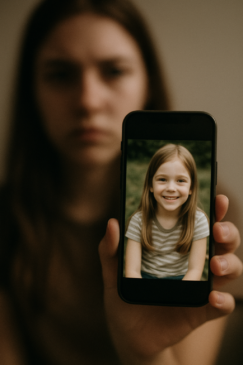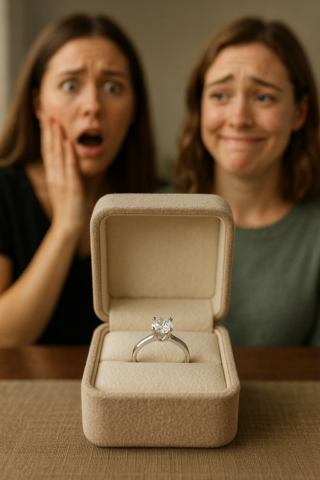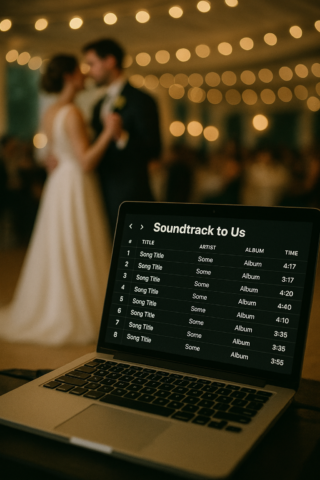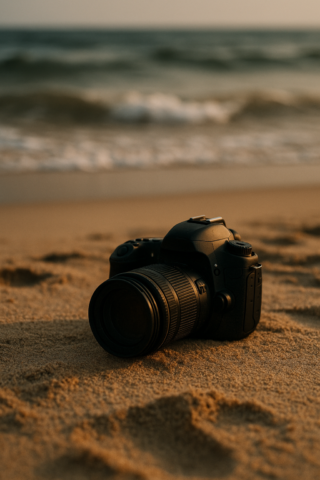It was a Sunday morning when I first saw it. I was sipping coffee and scrolling through Instagram when a familiar face popped up on my feed—mine. Or rather, a much younger, braces-wearing, frizzy-haired version of me from middle school.
The photo was one of those painfully awkward school portraits, the kind we all hope will stay buried in a dusty box forever. But there it was, plastered across my daughter Chloe’s page, for all 1,200 of her followers to see.
And underneath it, in bold letters, she’d written:
“When you realize bad hair runs in the family 😂 #Throwback #OMGmom”
The First Reaction
My stomach dropped. Yes, it was technically just a goofy picture, but it felt like a jab at me—at my younger self, the girl who had been teased enough back then without being resurrected for public mockery.
I knew Chloe wasn’t being malicious; she’s 16, and humor for teenagers often revolves around roasting people they love. Still, the idea that my most awkward years were now entertainment for her friends made me feel exposed.

The Bigger Picture
The thing is, I’d shared that photo with her months earlier while we were cleaning out a closet. We’d laughed about my 90s hairstyle, and I’d told her stories about the girl I was back then—shy, insecure, and desperately trying to fit in. I thought it was a bonding moment.
I didn’t think she’d ever take it and broadcast it to the world.
Talking to Her
That afternoon, I called Chloe into the kitchen. “Hey, can we talk about the picture you posted?” I asked.
She grinned. “Wasn’t it hilarious? Everyone thought it was so cute.”
I shook my head. “It’s not that I can’t laugh at myself—I can. But that picture is personal. I didn’t give you permission to share it, and the caption made it feel like you were making fun of me.”
Her smile faded. “I didn’t mean it in a mean way. I thought you’d think it was funny too.”
Why It Hurt
I explained that there’s a difference between laughing together in private and turning someone’s personal history into public content. “That photo isn’t just an image—it’s part of my story. And when you post it like that, you’re not just sharing a joke, you’re sharing a piece of me.”
Chloe looked down at her phone, clearly uncomfortable. “I guess I didn’t think about it that way.”
Her Response
She offered to take the photo down immediately, and she did. She even posted a short follow-up:
“Oops—lesson learned. Love you, Mom ❤️”
While the gesture was sweet, it didn’t fully erase the feeling that my trust had been slightly betrayed.
Setting Boundaries
We ended up having a bigger conversation about privacy—how some images or stories aren’t hers to share, even if she finds them funny. We talked about asking permission before posting anything involving someone else, and about respecting personal boundaries in a digital world where everything feels fair game.
Moving Forward
Since then, Chloe’s been more careful. She still loves posting throwback photos, but now she checks with me first. Sometimes I say yes, sometimes no—but either way, the decision is mine.
And while I can laugh at my awkward years, I’ve also learned that it’s okay to protect certain parts of my past from public eyes.
Lessons Learned
The internet has blurred the lines between public and private life, making it easy to forget that some moments belong only to the people who lived them. Just because something is funny to one person doesn’t mean it’s fair game to share.
Final Thought
We all have photos or memories we’d rather keep between trusted people. Respecting those boundaries—online and off—isn’t about hiding who we are, but about honoring the trust that comes with sharing ourselves.



